Home>diy>Building & Construction>How Is Technology Used In Construction
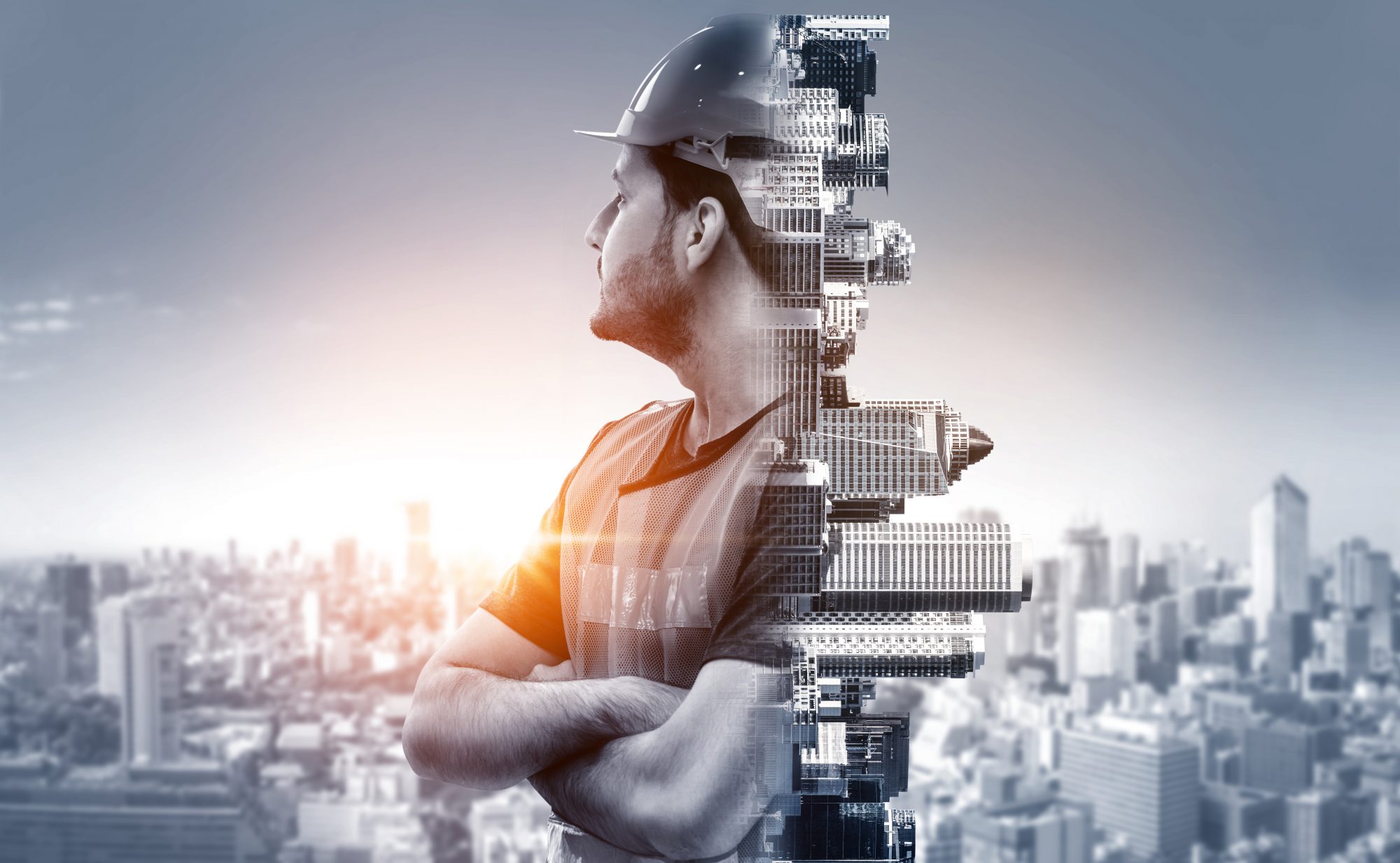

Building & Construction
How Is Technology Used In Construction
Modified: January 24, 2024
Discover how technology is revolutionizing the building construction industry. From virtual reality to drones, explore the latest advancements shaping the future of construction.
(Many of the links in this article redirect to a specific reviewed product. Your purchase of these products through affiliate links helps to generate commission for Storables.com, at no extra cost. Learn more)
Introduction
The field of construction has always been a cornerstone of human civilization. From the grand pyramids of Egypt to the towering skyscrapers of modern cities, construction has continually evolved to meet the ever-changing needs of society.
In recent years, technology has played a significant role in revolutionizing the construction industry. Advancements in various technologies have streamlined processes, improved safety, and increased efficiency in construction projects. This article explores the innovative ways technology is used in construction and examines the benefits it offers to both builders and clients.
From the early stages of design to the final completion of a project, technology has transformed every aspect of the construction process. The utilization of cutting-edge digital tools has not only enhanced productivity but has also opened up new possibilities in the construction industry.
In the following sections, we will delve into some of the major technological advancements that have reshaped the construction landscape.
Key Takeaways:
- Embracing technology in construction leads to increased efficiency, improved safety, and cost savings. From drones to 3D printing, these advancements revolutionize the industry, creating smarter, greener, and more sustainable buildings.
- The integration of smart building technologies and sustainable construction practices reduces operating costs, promotes energy efficiency, and contributes to a healthier, more sustainable future. Technology continues to advance, paving the way for innovative solutions in construction.
Read more: How To Use A Benchmark In Construction
Use of Drones in Construction
The use of drones, also known as unmanned aerial vehicles (UAVs), has become increasingly popular in the construction industry. Drones are equipped with high-definition cameras that capture aerial footage of construction sites, providing valuable visual data for builders and project managers.
One of the key advantages of using drones in construction is their ability to quickly and safely survey large areas. They can capture detailed images and videos of the construction site, giving builders a comprehensive view of the project from all angles. This helps in planning and decision-making, as builders can identify any issues or potential obstacles before they become major problems.
Drones are also used for topographic mapping, allowing builders to create accurate 3D models of the construction site. This helps in site analysis, determining the best locations for structures, and evaluating the impact of the project on the surrounding environment.
Moreover, drones are used for inspecting hard-to-reach areas of buildings such as roofs and tall structures. They eliminate the need for manual inspections, which can be dangerous and time-consuming. With drones, builders can easily identify any damage or maintenance issues, improving safety and reducing costs in the long run.
Another application of drones in construction is monitoring construction progress. By capturing aerial imagery regularly, builders can track the development of the project and compare it to the original plans. This allows for better project management and helps keep construction on schedule.
Overall, the use of drones in construction offers numerous benefits, including improved site surveying, enhanced safety, accurate mapping, and efficient progress monitoring. As the technology continues to advance, drones are becoming an essential tool in the modern construction industry, improving efficiency and productivity across all phases of a project.
Augmented Reality and Virtual Reality in Construction
Augmented reality (AR) and virtual reality (VR) are immersive technologies that are transforming the way construction projects are planned, designed, and executed. AR and VR provide realistic and interactive virtual environments, enabling builders and clients to visualize and experience the project before it’s built.
Augmented reality overlays digital information onto the real-world environment, while virtual reality creates a completely simulated environment. Both technologies offer unique advantages in the construction industry.
With augmented reality, builders can use smart glasses or mobile devices to virtually project 3D models and data onto the construction site. This allows for better visualization of the final structure in its intended location, providing a clearer understanding of how it will fit into the existing environment. Builders can also use AR to identify clashes and conflicts between different systems, such as plumbing and electrical, before construction begins, reducing costly rework.
Virtual reality, on the other hand, immerses users in a fully simulated environment. This technology is particularly useful during the design stage, as architects, engineers, and clients can walk through a virtual replica of the building, experiencing its scale, proportions, and spatial layout. VR enables stakeholders to make informed decisions about design elements and identify any potential issues that may arise in the construction phase.
VR can also be utilized for training purposes. Construction workers can undergo virtual training simulations that replicate real-world scenarios, allowing them to practice complex tasks and improve their skills in a safe environment. This enhances safety on the job site and reduces the risk of accidents caused by lack of experience.
Overall, the integration of augmented reality and virtual reality in the construction industry revolutionizes the way projects are conceptualized and executed. These technologies enhance collaboration, improve decision-making, reduce errors, and provide a more immersive and realistic experience for all stakeholders involved in the construction process.
Building Information Modeling (BIM)
Building Information Modeling (BIM) is a digital representation of the physical and functional characteristics of a building or infrastructure. It is a collaborative process that involves creating, managing, and sharing information throughout the entire lifecycle of a construction project.
BIM utilizes advanced software and technologies to generate a 3D model that includes elements such as walls, floors, doors, windows, and mechanical systems. This model serves as a shared database of information, allowing all stakeholders, including architects, engineers, contractors, and clients, to collaborate and make informed decisions.
One of the key benefits of BIM is improved coordination and clash detection. By creating a virtual model of the building, potential clashes between different systems, such as electrical and plumbing, can be identified and resolved before construction begins. This reduces errors, rework, and costly delays.
BIM also facilitates efficient quantity takeoffs and cost estimation. The software automatically generates accurate material quantities from the 3D model, streamlining the estimation process. This helps in better project planning and budgeting, reducing the risk of cost overruns.
Furthermore, BIM aids in project scheduling and sequencing. The software allows builders to simulate the construction process, identifying potential bottlenecks and optimizing the construction sequence for better efficiency. This enables better project management, resource allocation, and on-time delivery.
Additionally, BIM enhances communication and collaboration among project stakeholders. All relevant information, including design plans, specifications, and documentation, can be stored and accessed in a centralized location. This ensures that everyone is working with the most up-to-date information, minimizing confusion and miscommunication.
In summary, Building Information Modeling (BIM) revolutionizes the construction industry by providing a comprehensive and collaborative approach to project management. It improves coordination, clash detection, cost estimation, project scheduling, and communication, ultimately leading to more efficient and successful construction projects.
Internet of Things (IoT) in Construction
The Internet of Things (IoT) refers to the network of physical devices embedded with sensors, software, and connectivity, allowing them to collect and exchange data. In the construction industry, IoT is transforming the way buildings are designed, constructed, and operated.
IoT devices in construction include sensors, actuators, and other connected devices that gather real-time data on various parameters such as temperature, humidity, light, and motion. This data can be utilized to enhance safety, improve efficiency, and optimize the performance of construction projects.
One of the key applications of IoT in construction is remote monitoring. Sensors can be deployed on construction sites to monitor conditions such as air quality, noise levels, and structural integrity. This allows for early detection of potential issues and enables prompt intervention before they escalate.
The data collected from IoT devices can also be used to improve resource management. For example, sensors installed in construction vehicles and equipment can track their location, usage, and maintenance needs. This enables better asset utilization, reduces downtime, and improves overall equipment efficiency.
IoT enables real-time tracking and management of construction materials and inventory. By tagging materials with RFID or QR codes, their location and availability can be monitored throughout the construction process. This minimizes the risk of material loss or theft and ensures that the right materials are in the right place at the right time.
Furthermore, IoT can enhance site security and safety. Connected cameras, motion sensors, and access control systems can be deployed to monitor and control entry to construction sites. This helps prevent unauthorized access, reduces theft and vandalism, and improves overall safety for workers.
Another area where IoT is making a significant impact is in energy management and sustainability. Smart building systems, equipped with IoT sensors, can optimize energy usage by adjusting lighting, heating, and cooling based on occupancy and environmental conditions. This reduces energy waste and lowers operational costs.
Overall, the Internet of Things (IoT) offers immense opportunities for the construction industry. By leveraging IoT technologies and data analytics, builders can improve safety, optimize resource management, enhance security, and promote sustainability in construction projects. The integration of IoT is transforming the construction industry by making it smarter, more connected, and more efficient.
Utilize construction management software to streamline project communication, scheduling, and budget tracking. This technology can improve efficiency and reduce errors on the job site.
Read more: How Is Concrete Used In Construction
Robotics and Automation in Construction
The integration of robotics and automation in the construction industry is revolutionizing traditional construction practices. Robotics and automated systems are being deployed to perform repetitive and labor-intensive tasks, improving efficiency, productivity, and safety on construction sites.
One of the primary applications of robotics in construction is in the field of demolition and excavation. Robots equipped with specialized tools can efficiently dismantle structures, removing the need for manual labor and reducing the risk of accidents. These robots can also be used in hazardous environments, such as handling and disposing of hazardous materials.
Automation is also becoming commonplace in tasks like bricklaying and concrete pouring. Robotic bricklayers can quickly and accurately lay bricks, reducing the time and effort required by human workers. Similarly, automated concrete systems can precisely pour and level concrete, ensuring consistent quality and eliminating human error.
Robots and automated systems are also being utilized in the field of prefabrication and modular construction. Advanced robotic arms and machinery can precisely fabricate building components in controlled factory settings, reducing time and costs associated with manual construction. These prefabricated components can then be transported to the construction site and assembled with ease and efficiency.
Furthermore, robotics and automation play a significant role in enhancing safety on construction sites. By taking over hazardous and physically demanding tasks, robots minimize the risk of injuries to human workers. They can also be utilized in tasks like material handling and site cleanup, reducing the physical strain on workers and improving overall safety.
Additionally, automation and robotics contribute to improved construction quality and precision. These technologies can consistently perform tasks with high accuracy, resulting in better building standards and minimizing errors. This ensures that construction projects are completed to the highest standards, meeting client expectations and industry regulations.
Overall, the use of robotics and automation in construction brings numerous benefits, including increased productivity, improved safety, enhanced quality, and reduced costs. As technology continues to advance, the role of robotics and automation in the construction industry is only set to grow, with the potential to transform the way buildings are constructed.
3D Printing in Construction
3D printing, also known as additive manufacturing, is an innovative technology that is making its mark in the construction industry. This revolutionary process involves creating three-dimensional objects by layering materials based on a digital model. 3D printing in construction offers numerous advantages, ranging from cost-effectiveness to design flexibility.
One of the main benefits of 3D printing in construction is the ability to fabricate complex structures with precision. Traditional construction methods often have limitations when it comes to intricate designs and shapes. However, with 3D printing, architects and engineers can bring their imaginative ideas to life, creating unique and customized buildings.
Another advantage of 3D printing is its potential to reduce construction costs. The automation and efficiency of 3D printing can minimize labor requirements and waste materials. Additionally, since 3D printers can work continuously without breaks, it can significantly reduce construction time, leading to faster project completion and cost savings.
Furthermore, 3D printing allows for the use of sustainable materials. Environmentally friendly options, such as recycled materials and bio-based polymers, can be utilized in the printing process, promoting sustainability in construction. Furthermore, 3D printers can optimize material usage, minimizing waste and reducing the carbon footprint of a project.
Additionally, 3D printing enables construction in challenging or remote locations. The portability of 3D printers allows for on-site printing, eliminating the need for transporting heavy materials and equipment to remote areas. This opens up possibilities for construction in disaster-prone regions or areas with limited access to traditional building materials.
Moreover, 3D printing can improve construction safety. By automating the fabrication of certain building components, the risk of accidents related to manual labor is reduced. Construction workers can focus on other aspects of the project that require human expertise, while the 3D printer takes care of repetitive or hazardous tasks.
While 3D printing in construction is still a relatively new concept, it has the potential to revolutionize the industry. As technology continues to advance, we can expect to see more widespread adoption of 3D printing, leading to increased efficiency, reduced costs, and the creation of innovative and sustainable structures.
Artificial Intelligence in Construction
Artificial Intelligence (AI) is a technology that empowers machines to perform tasks that typically require human intelligence. In the construction industry, AI is revolutionizing various aspects of project planning, design, and management, leading to improved efficiency and productivity.
One of the primary applications of AI in construction is in predictive analytics and data analysis. AI algorithms can analyze vast amounts of data from construction projects, identifying patterns, correlations, and potential risks. This helps in making informed decisions, optimizing resource allocation, and predicting project outcomes.
AI-powered project management systems can streamline scheduling and resource management. These systems can analyze project timelines, allocate resources, and adjust schedules based on real-time data, optimizing construction processes and keeping projects on track. AI can also factor in variables such as weather conditions and supplier availability, enhancing project planning and reducing delays.
AI can also improve safety on construction sites. Computer vision technology, a subfield of AI, can monitor workers’ activities and detect potential safety hazards in real-time. This allows for immediate intervention to prevent accidents and improve overall site safety. AI-powered drones can also conduct safety inspections, reducing the need for human workers to perform risky tasks.
Another area where AI is making a significant impact is in quality control and defect detection. AI algorithms can analyze construction images and data to identify non-compliant elements, defects, or deviations from design specifications. This enables early detection and timely resolution of issues, improving the overall quality of construction projects.
AI is also being used to improve energy efficiency in buildings. Smart building systems powered by AI can analyze energy usage patterns, optimize heating and cooling systems, and suggest energy-saving measures. This not only reduces environmental impact but also lowers operating costs for building owners.
Furthermore, AI is being applied to the design process, enabling generative design. By inputting design parameters, AI algorithms can explore countless possibilities and generate optimized design solutions. This leads to more efficient use of materials, reduced waste, and improved building performance.
In summary, Artificial Intelligence is transforming the construction industry by optimizing project management, enhancing safety, improving quality control, and enabling innovative design solutions. As AI technology continues to evolve, its potential to revolutionize the construction industry is immense, paving the way for a more efficient, sustainable, and intelligent future.
Smart Buildings and Sustainable Construction Technologies
Smart buildings and sustainable construction technologies are reshaping the way buildings are designed, constructed, and operated. These innovative technologies leverage automation, sensors, and data analytics to create energy-efficient, environmentally-friendly, and intelligent structures.
One of the key elements of smart buildings is the integration of advanced automation systems. These systems enable centralized control and monitoring of various building functions, including lighting, heating, ventilation, and security. By optimizing energy usage based on occupancy and environmental conditions, smart buildings can significantly reduce energy consumption, leading to cost savings and environmental benefits.
Sensors play a critical role in smart buildings, providing real-time data on various aspects such as temperature, humidity, and occupancy. This data is analyzed by AI algorithms and used to optimize building performance. For example, smart building systems can adjust lighting and HVAC systems based on occupancy patterns, reducing energy waste and improving occupant comfort.
Smart buildings also incorporate advanced security systems. Access control systems, surveillance cameras, and fire detection systems can be interconnected, providing a comprehensive security solution. These systems can detect potential threats, monitor activity, and alert building owners and authorities in real-time.
Sustainable construction technologies focus on minimizing the environmental impact of buildings. One of the key approaches is the use of eco-friendly materials. For instance, recycled materials and sustainable alternatives to traditional building materials are increasingly being used. These materials are not only environmentally friendly but also contribute to better indoor air quality and occupant health.
Furthermore, sustainable construction technologies focus on energy-efficient design principles. Passive design strategies, such as proper insulation, natural lighting, and natural ventilation, are incorporated to reduce the reliance on mechanical systems. Renewable energy sources, such as solar panels and geothermal systems, are also integrated to generate clean and sustainable energy for the building.
Water conservation is another important aspect of sustainable construction. Technologies, such as rainwater harvesting systems and efficient plumbing fixtures, are implemented to minimize water waste and promote responsible water usage.
In addition, smart metering systems are used to monitor and manage energy and water consumption in buildings. Real-time data on usage patterns and energy efficiency allows for informed decision-making and the identification of areas for improvement.
Overall, the integration of smart building technologies and sustainable construction practices is leading to more energy-efficient, environmentally-friendly, and intelligent buildings. These technologies not only reduce operating costs but also contribute to a healthier and more sustainable future. As technology continues to advance, the potential for smart and sustainable buildings to become the norm is tremendous.
Read more: How Is Copper Used In Construction
Conclusion
The construction industry has undergone a significant transformation with the integration of technology. From drones and augmented reality to robotics and AI, these technological advancements have revolutionized the way buildings are designed, constructed, and operated.
Drones have enabled efficient site surveying, progress monitoring, and improved safety, while augmented reality and virtual reality have provided immersive experiences and improved collaboration among stakeholders. Building Information Modeling (BIM) has enhanced coordination, clash detection, and project management, while the Internet of Things (IoT) has revolutionized remote monitoring, resource management, and energy efficiency. Robotics and automation have automated labor-intensive tasks, improved safety, and increased precision, and 3D printing has allowed for complex designs, cost efficiency, and sustainability. Lastly, artificial intelligence has optimized resource allocation, improved safety, and enhanced quality control, while smart buildings and sustainable construction technologies have created energy-efficient, environmentally-friendly, and intelligent structures.
These technological advancements in the construction industry have brought numerous benefits. They have increased efficiency, productivity, and safety, reduced costs, minimized errors, and improved overall project outcomes. They have also led to more sustainable and environmentally-friendly construction practices, promoting energy efficiency, waste reduction, and responsible resource management.
As technology continues to evolve, the future of the construction industry looks promising. We can expect to see further advancements in areas such as digital twin technology, advanced robotics, and AI-driven automation. These technologies will continue to enhance collaboration, productivity, and sustainability in the construction processes and deliver innovative solutions to the ever-changing needs of society.
In conclusion, technology has become an indispensable tool in the construction industry. Embracing these advancements will not only drive efficiency and cost savings but also contribute to the development of smarter, greener, and more sustainable buildings. The synergy between human expertise and technological innovation will pave the way for a construction industry that is harmonious with both our environment and the needs of the people.
Frequently Asked Questions about How Is Technology Used In Construction
Was this page helpful?
At Storables.com, we guarantee accurate and reliable information. Our content, validated by Expert Board Contributors, is crafted following stringent Editorial Policies. We're committed to providing you with well-researched, expert-backed insights for all your informational needs.

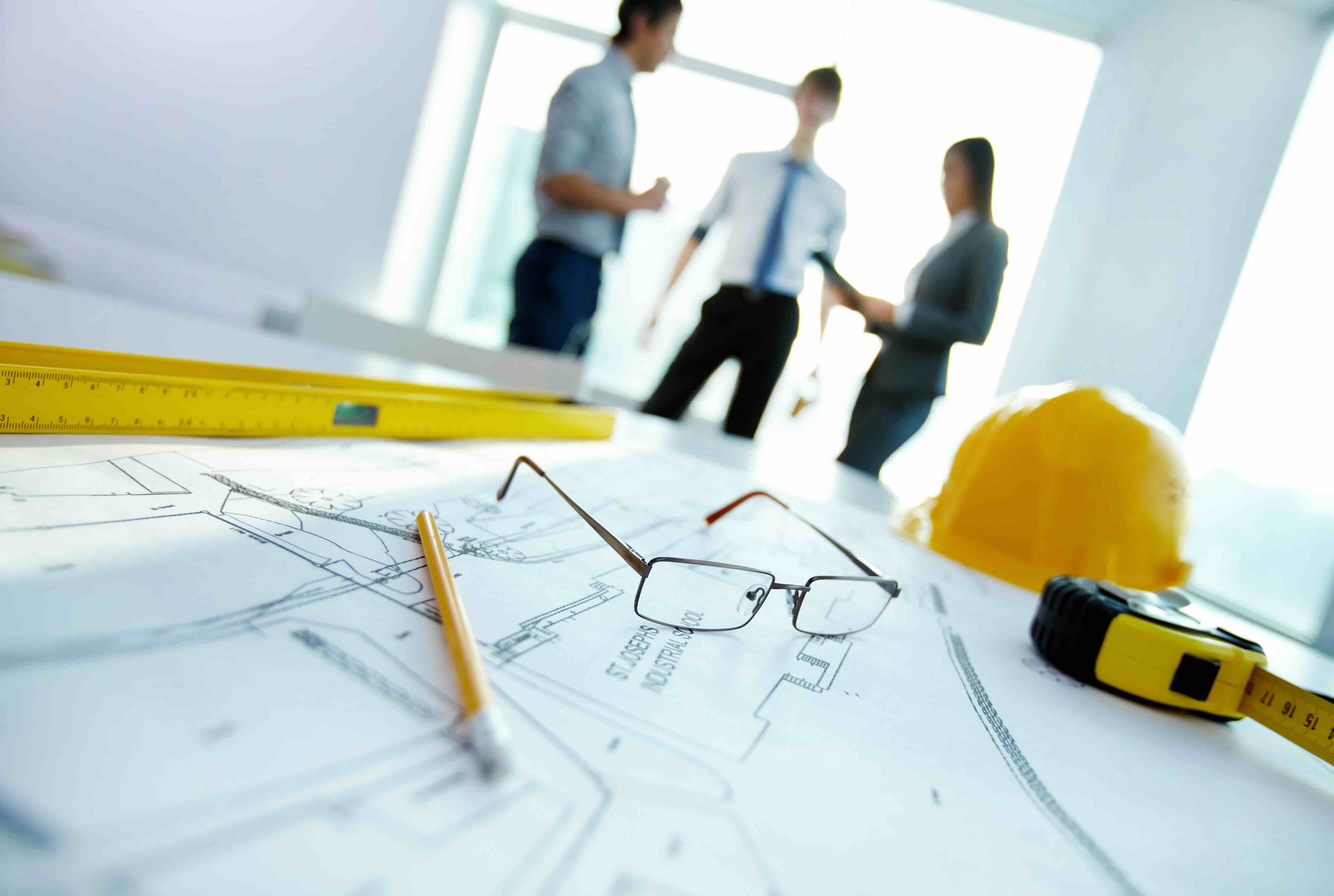
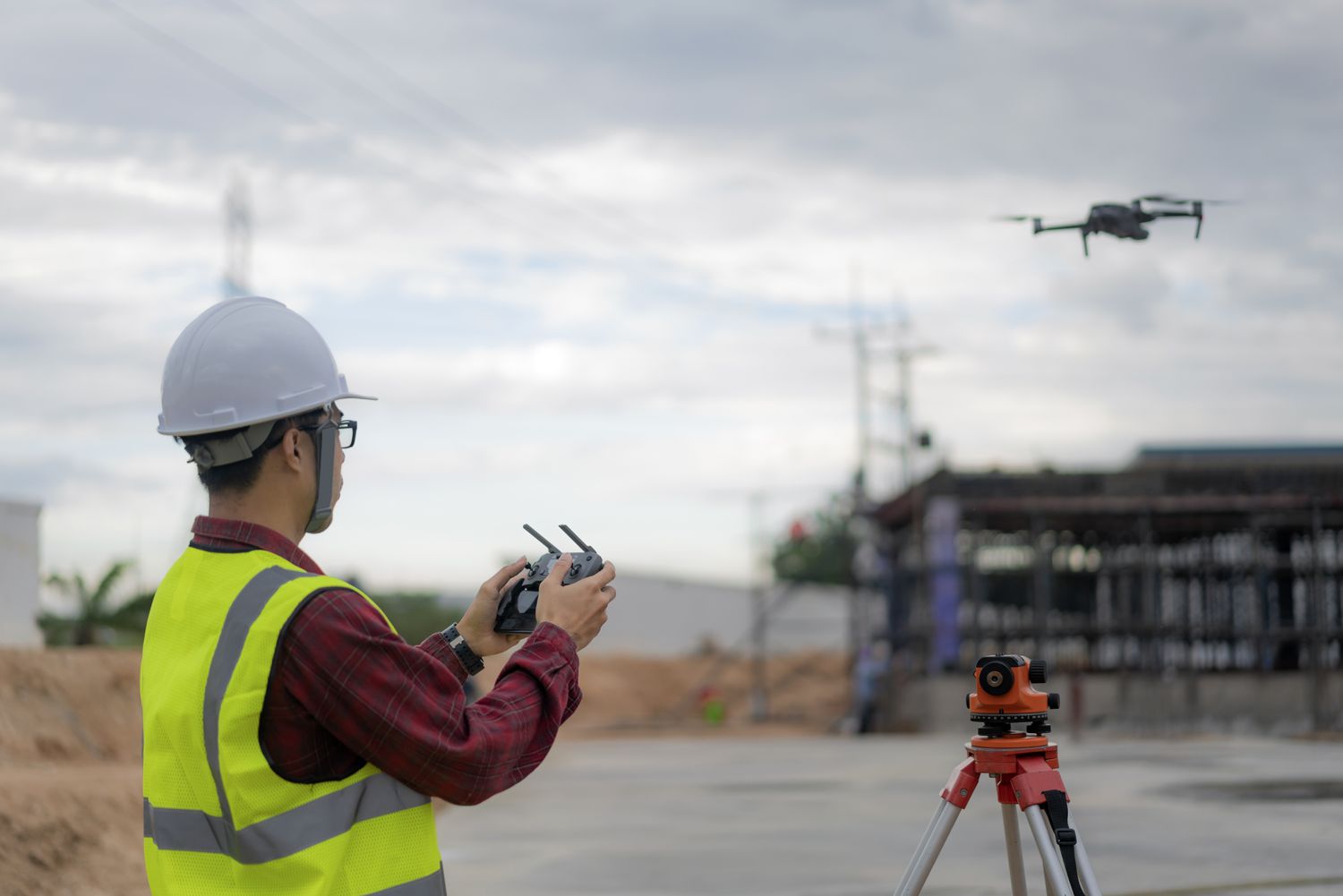
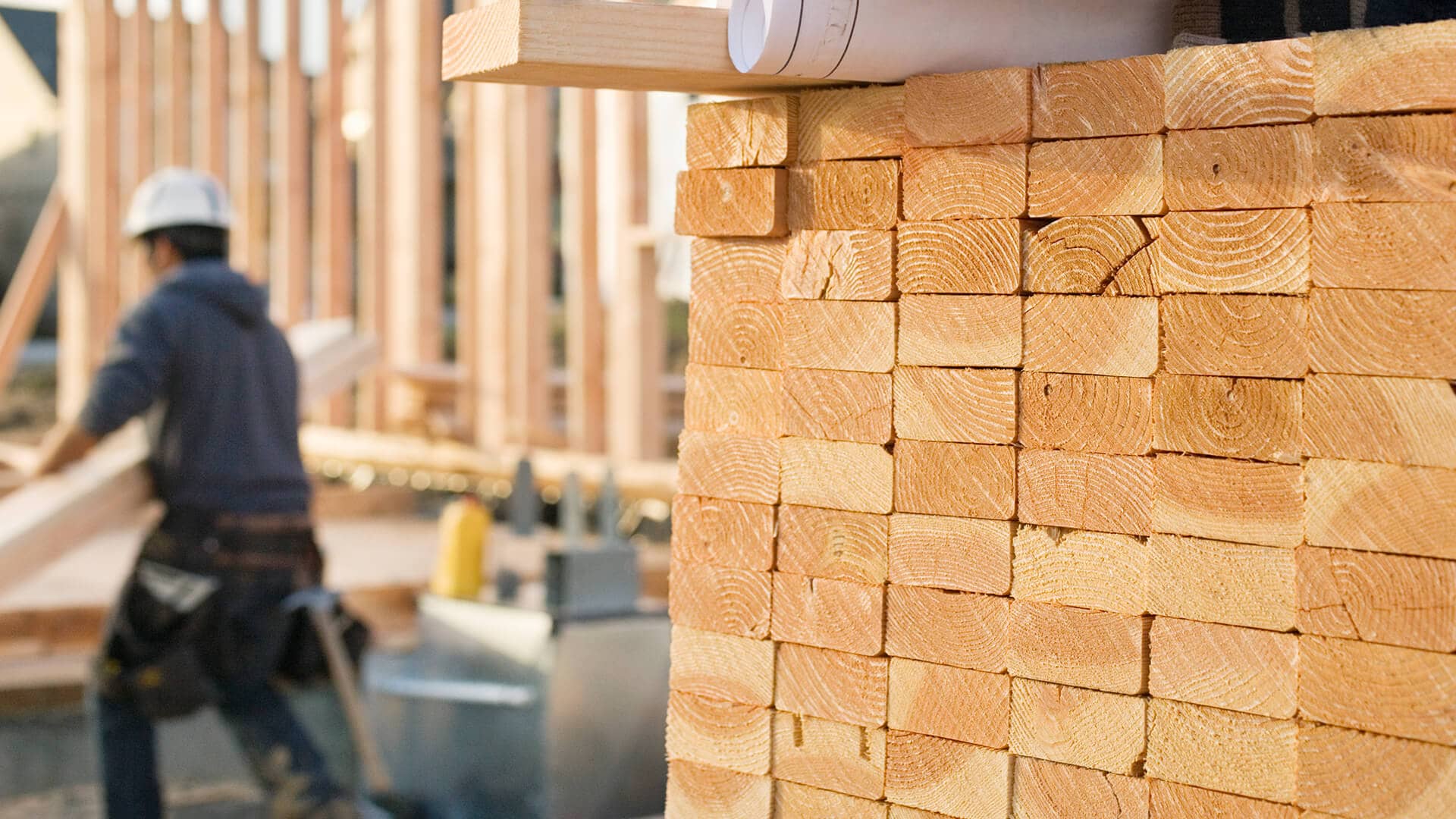
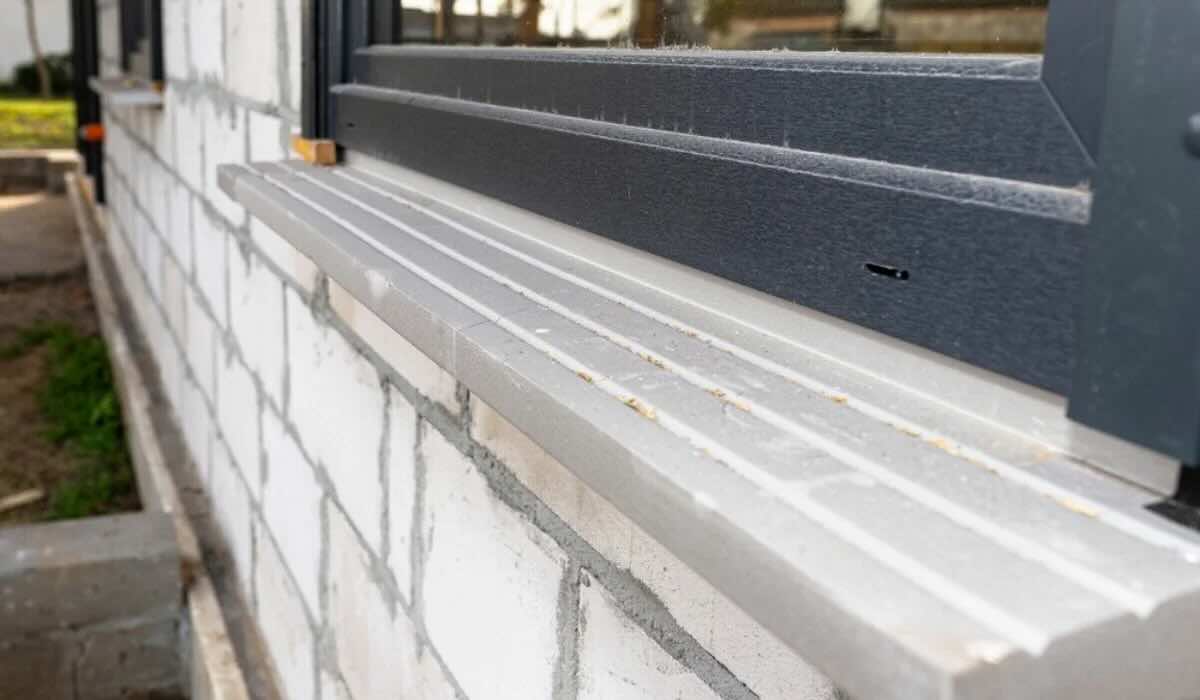


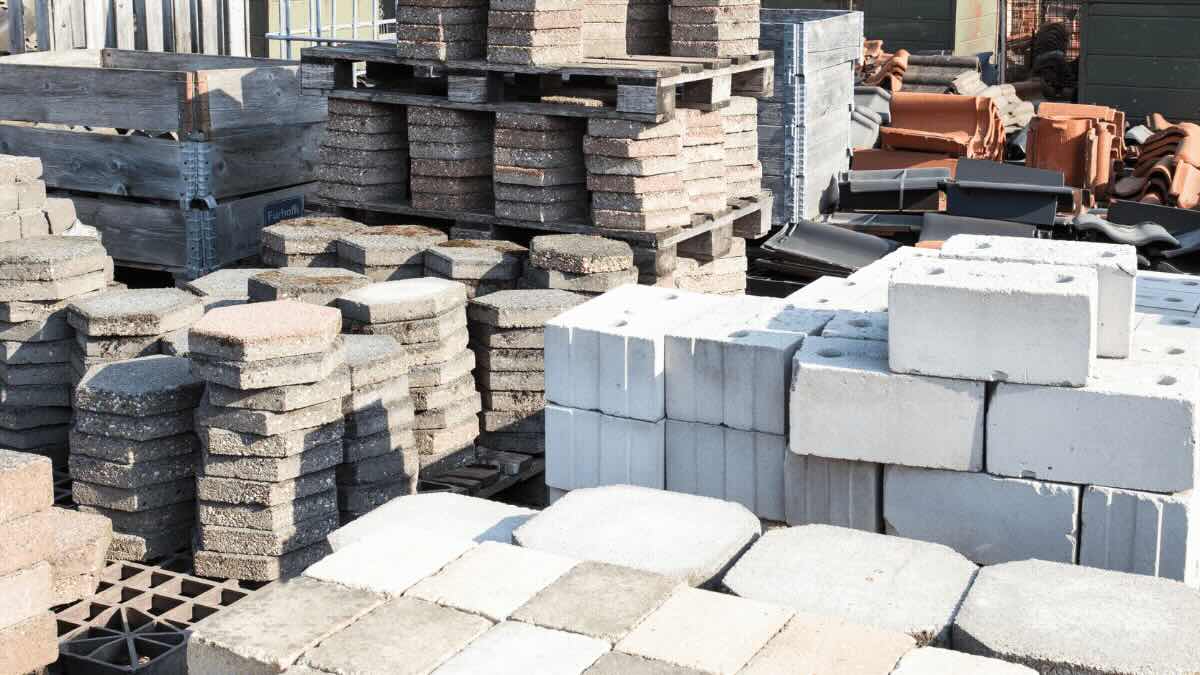


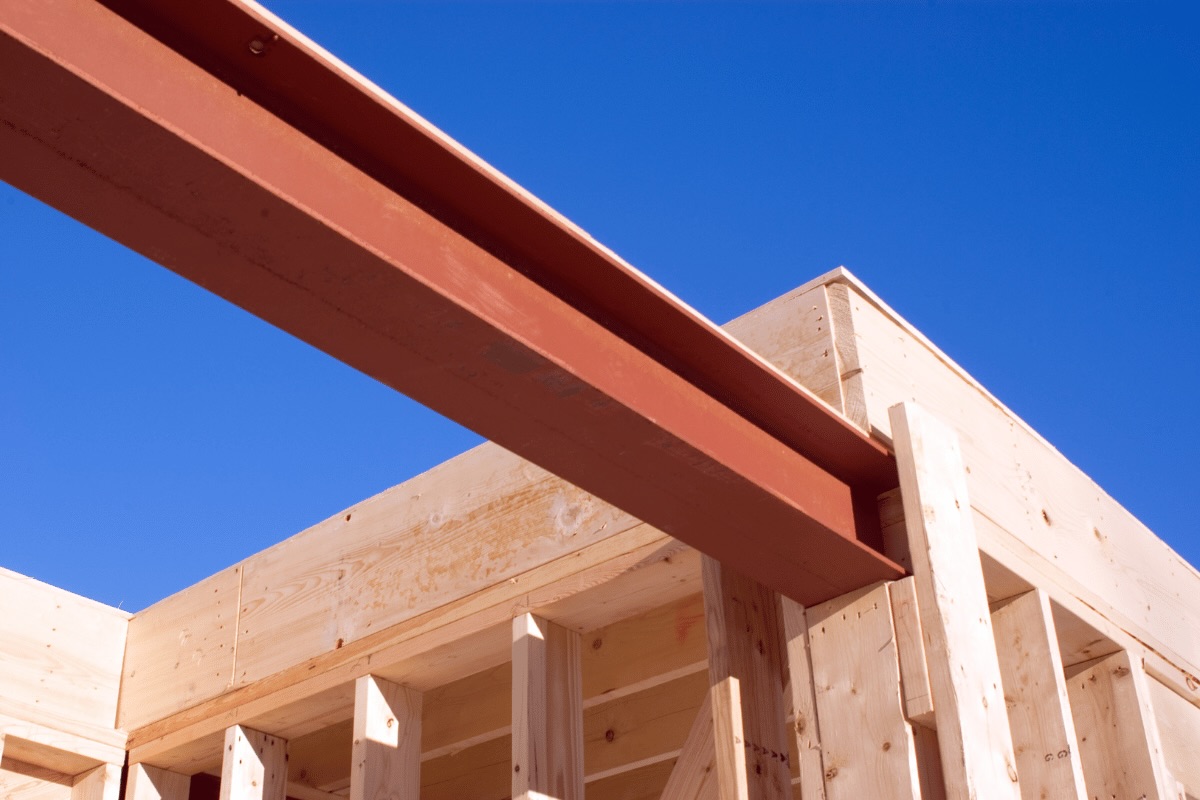

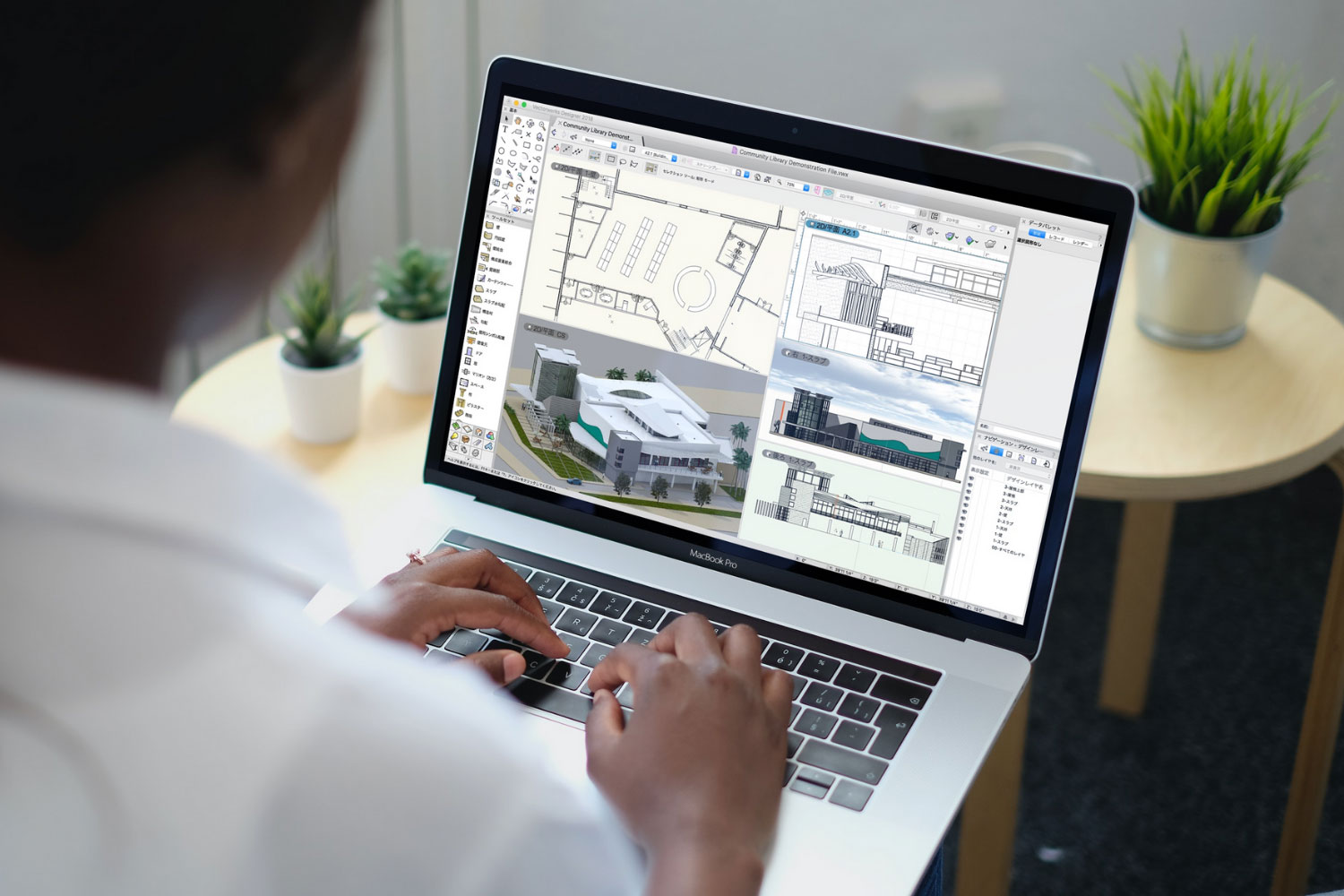

0 thoughts on “How Is Technology Used In Construction”